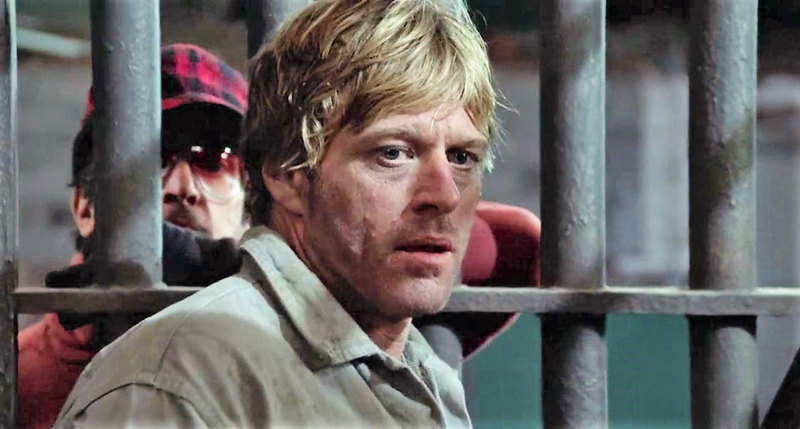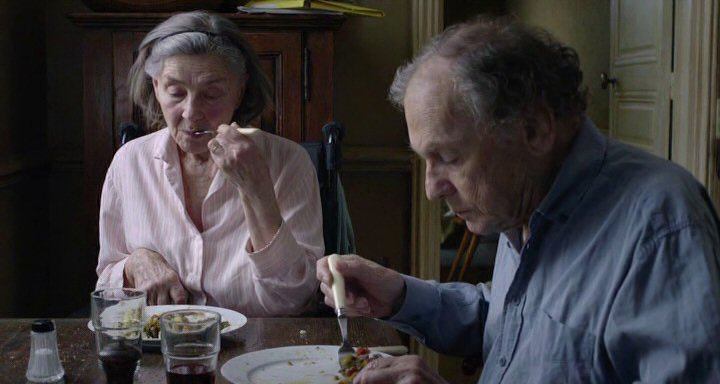Bruno Barreto (“Dona Flor and Her Two Husbands”) and his screenwriters faced a difficult challenge with “Reaching for the Moon,” a period drama set in the ‘50s: to tell the story of a relationship spanning 15 years within the framework of a 118-minute feature film. And that challenge is cubed when the subjects are two women in a lesbian relationship who try to balance their physical and emotional desires with their respective creative passions—poetry and architecture.
I can almost hear someone like Dr. Evil, of “Austin Powers” fame, saying, “Throw me a friggin’ bone here.” And there are a few to be tossed. For one thing, an inherently tense and dramatic situation derives from poet Elizabeth Bishop’s visit to Rio de Janeiro to stay with an old college friend and her significant other, the Brazilian architech Lota de Macedo Soares (Glória Pires). When desire stirs in both creative women, it leaves Mary (Tracy Middendorf) suddenly wobbling along as a third wheel.
Another inherently dramatic situation arises from Bishop’s low tolerance for alcohol, especially as that comes to clash with the Brazilian concept of social drinking—just as there’s more potential for drama when Elizabeth announces that she hates children and, to keep Mary from returning to the U.S., Lota proposes they adopt a child, as Mary has always wanted, for Mary to raise. “And what will you be to the child?” Mary wants to know. “A grandma,” Lota says, while Elizabeth insists that she will be an aunt.
So there are elements here that could conceivably fuel a dramatic fire. However, Bishop’s character—painfully shy, prudish, socially awkward, and slightly disturbed—is the dominant one in the film, when you’d think it would be the vibrant and domineering Lota, who wears the pants in any relationship. But the filmmakers choose to shoot from the poet’s point of view, and that lends a moodiness to the proceedings and also poses a bit of a problem: though Miranda Otto does a fine enough job playing her, Bishop is not always the most likable person. She can be annoying, and annoyingly needy and self-centered.
Compression of time and leaps forward are deftly handled, but the dialogue in a number of scenes seems clunky. Equally awkward is the filmmaker’s insistence on scenic closure—beginning and opening with a shot of Bishop sitting on a park bench reading a poem to her male mentor, which, like some of those clunky lines, fills the air with an artificiality that eats away at the film’s otherwise believable realism. And it’s more than frustrating that the mentor isn’t clearly identified. We know was poet and teacher-of-poets Robert Lowell only when the end credits roll.
“Reaching for the Moon” was shot in Rio and Minas Gerais, Brazil, and the New York and Paris scenes were actually filmed on location as well. The cinematography isn’t flashy, but numerous point-of-view shots of Brazil’s scenic beauty go a long ways toward offsetting Bishop’s prickliness. So does a soundtrack that incorporates all sorts of period music.
As for the affair itself, when Lota declares her intense love it just feels too sudden, too soon, and too illogical, given what we’ve seen of Bishop thus far. But once that first step is taken, the women are not just believable, but somehow sympathetic figures as well, and there’s enough in this story and in the actors’ interpretations of their characters to keep us from turning away.
Video:
“Reaching for the Moon” appears to be presented in 2.40:1 aspect ratio, and though there’s considerable grain throughout, the level of detail is quite good. So is the suggestion of depth. Colors are bold when boldness is called for, and natural looking when the natural world beckons.
Audio:
The featured audio is a Dolby Digital 5.1 Surround Sound in English and Portuguese, with English subtitles that kick in when Portuguese is spoken. Closed captions is also an option. Though the film is dialogue-driven, the music comes to life with this sound mix. There may not be much in the way of bass, but the midtones and high treble sound rich and full.
Extras:
Included are only the theatrical trailer and a very brief making-of featurette.
Bottom line:
Despite the film’s shortcomings, this story of a decade-long affair that poet Elizabeth Bishop had with Brazilian architect Lota de Macedo Soares (who designed Rio’s bayside Flamengo Park) manages to hold your attention, and largely because of the characters. These two famous creative women are strong-willed, they’re passionate, they’re annoying, they’re self-centered, and, yes, they’re ultimately fascinating.


